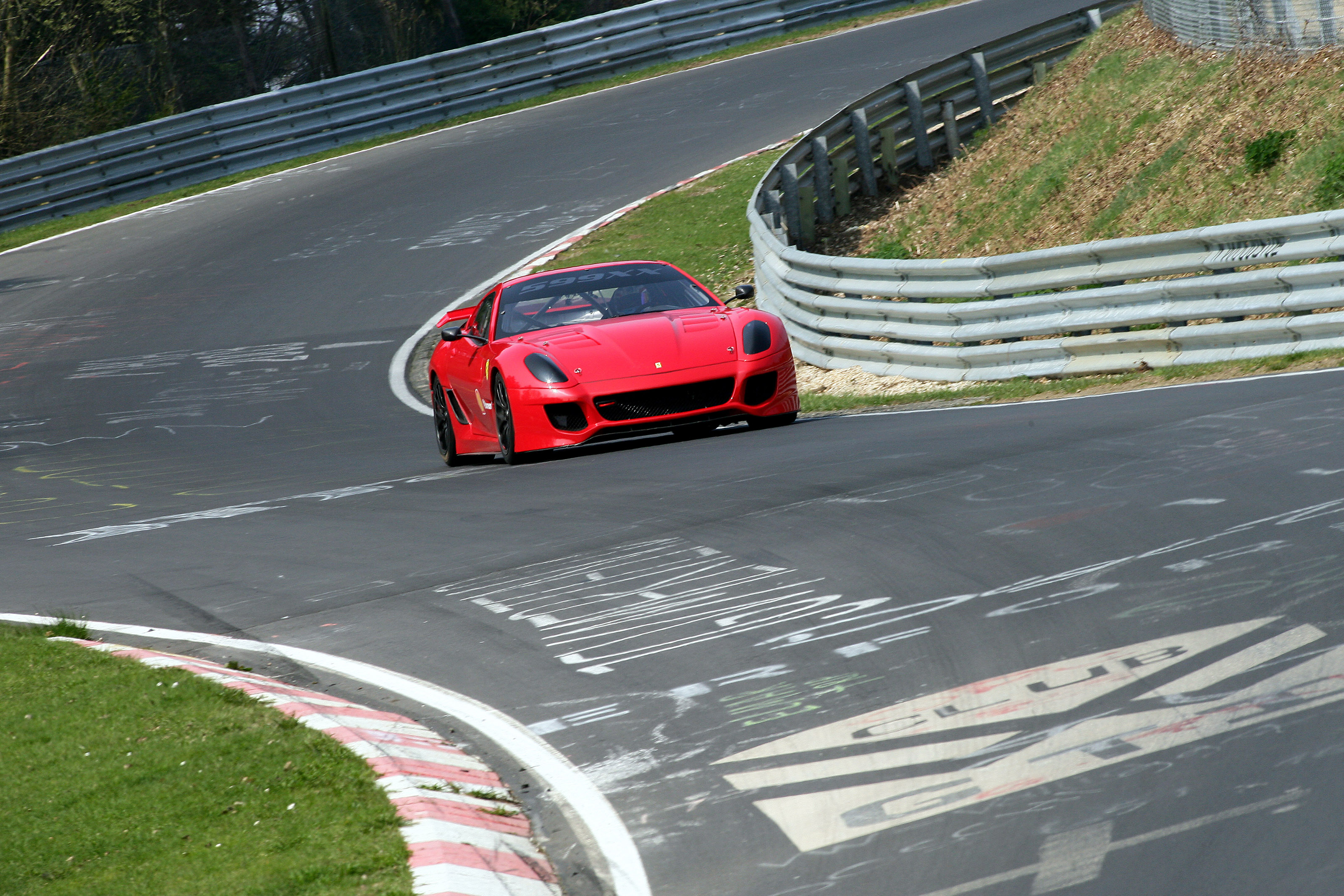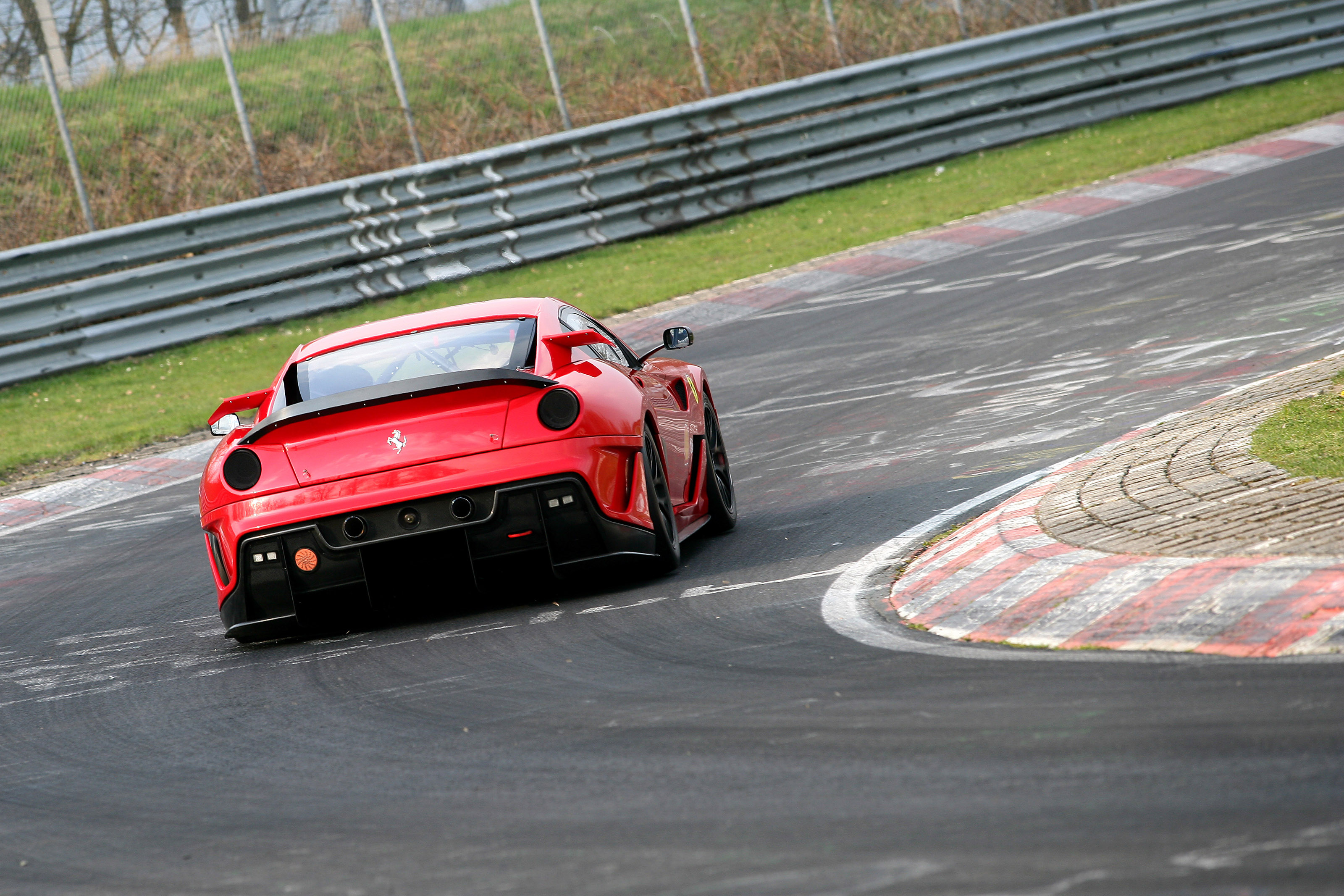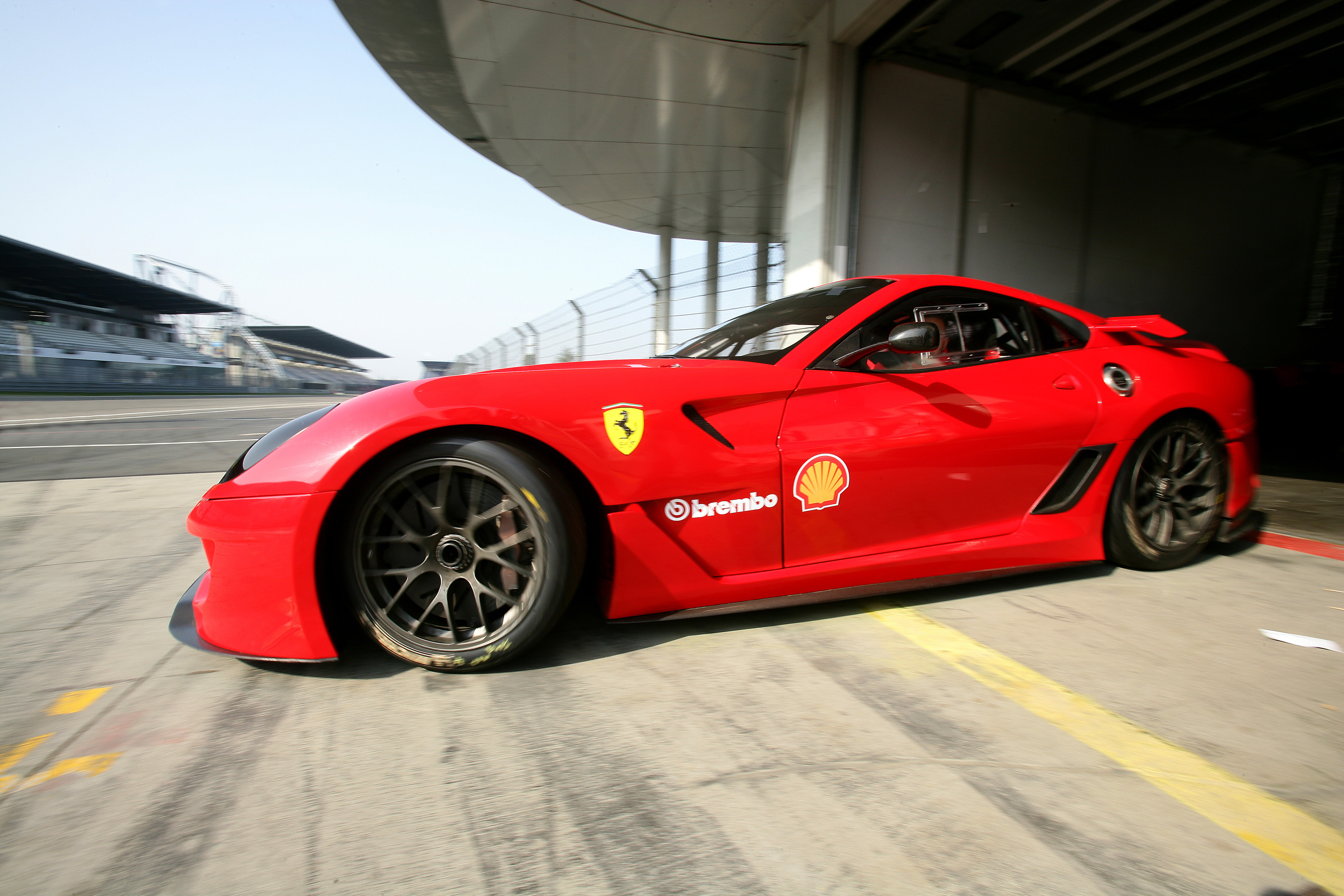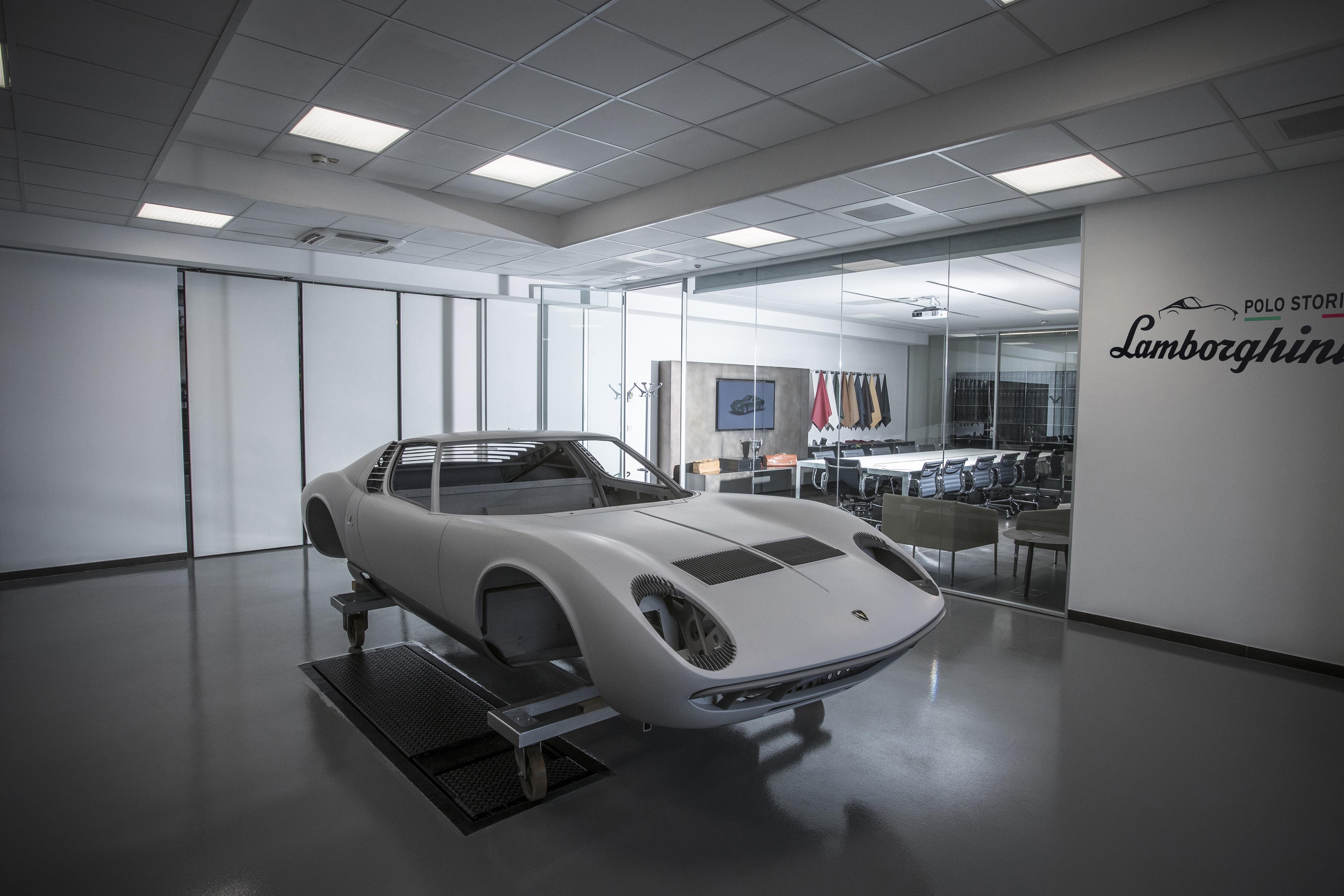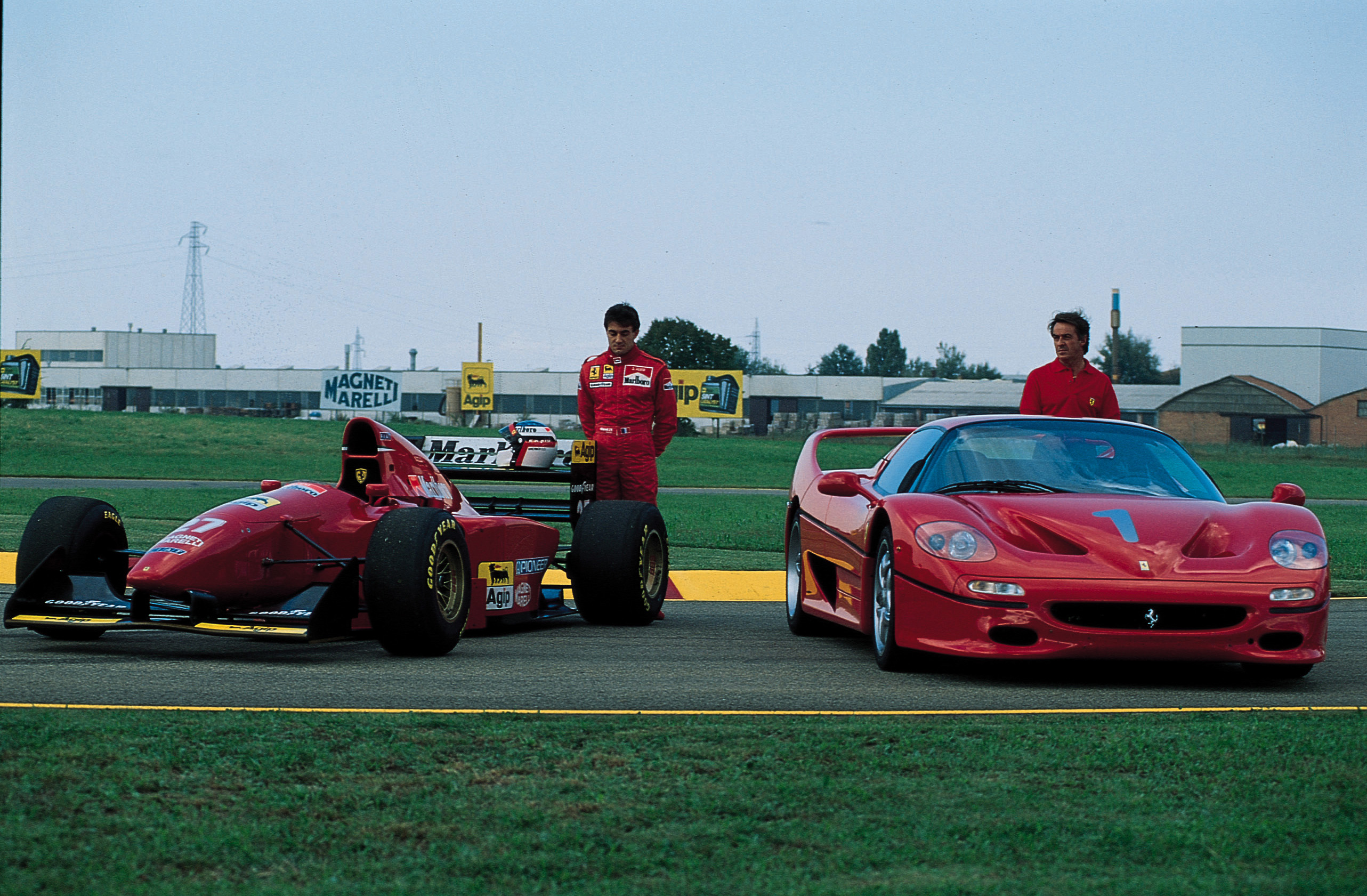On 23 April 2010, deep in the forests of Germany’s Eifel mountains, Ferrari changed the rules.
The 599XX, Maranello’s most extreme non-homologated machine, became the first production-derived sports car to lap the legendary Nürburgring Nordschleife in under seven minutes — posting a time of 6:58.16.
This wasn’t just another test lap. This was a supercar built in limited numbers, driven by clients and Ferrari test drivers alike — and it had just carved a new milestone into the Nordschleife tarmac.
Not road legal. Not eligible for racing. Not available to just anyone.
The Ferrari 599XX was, from the outset, a machine built for Ferrari’s inner circle. A car designed to push the limits of performance technology, test new materials, and offer the brand’s closest clients an inside look at the R&D pipeline.
Built on the bones of the 599 GTB Fiorano, but heavily modified, the XX program turned this front-engine V12 GT into something closer to a Formula 1 science experiment with a roof.
Some highlights:
-
V12 engine producing 730 PS at 9,000 rpm
-
Advanced F1-style aerodynamics, including Ferrari’s debut of the Actiflow™ system (a dynamic aero solution that altered drag/downforce in real time)
-
Wheel “doughnuts” — inspired by F1 — to reduce turbulence and aid brake cooling
-
Up to 630 kg of downforce at 300 km/h
-
A full track telemetry suite integrated into the customer experience
This was the bleeding edge of Ferrari’s performance development — a testbed for technology that would eventually filter down to the 599 GTO, and later influence the LaFerrari and 812 Competizione.
But at the Nürburgring, it did something far more cultural: it punched through the seven-minute barrier.
The Nürburgring Nordschleife isn’t just a track. It’s a proving ground — a 20.8 km gauntlet of undulating elevation, blind corners, and surface variations. It’s where performance myths are made or broken.
So when Ferrari’s 599XX — a car built not for racing trophies, but for developmental truth — lapped it in 6:58, the world took notice.
It showed that a front-engined V12 grand tourer, refined through factory experimentation, could match or exceed the performance of stripped-back, mid-engined hypercars. And it proved that Ferrari’s factory client programs weren’t just vanity experiences — they were building machines that mattered.
While the 599XX was never sold for road use, it has since become one of the most sought-after members-only Ferrari models. Originally offered to a select group of Ferrari’s most trusted clients, XX cars were operated under Ferrari’s guidance at official track days around the world.
Just 29 cars were built, with a handful later upgraded to 599XX Evo spec (adding 30 hp and more advanced aero). Today, both versions are rarely offered publicly — and when they are, they command serious attention.
Recent market data:
-
A 599XX Evo sold by RM Sotheby’s in 2021 for CHF 1,438,750 (~$1.57M)
-
A standard 599XX is currently trading at $1.2M–$1.4M, depending on mileage, use history, and whether the car has participated in Ferrari Corse Clienti events
-
For comparison, the related 599 GTO, homologated for the road, trades at $800K–$1.1M, with values rising steadily in recent years due to its purity and rarity (599 units built)
Importantly, XX cars carry added value through access — owners can participate in exclusive Ferrari XX track programs, receive factory support, and be invited into higher tiers of brand involvement.
The 599XX didn’t just rewrite lap times. It redefined what a front-engined Ferrari could be, both on the track and in the collector landscape.
At Engine Notes, we see this car as part of a bigger shift: a moment when factory programs started shaping the ultra-high-end collector market. With the 599XX, Ferrari introduced a format that is now echoed across brands — from Porsche’s 935 Clubsport to Aston Martin’s Vulcan, McLaren’s Solus GT, and AMG’s One.
Collectors today want more than ownership. They want access, engineering intimacy, and historical significance. The 599XX delivers all three:
-
It’s one of the last naturally aspirated V12 track cars without hybrid assistance.
-
It connects directly to F1 technology, and its innovations have shaped road cars for over a decade.
-
It’s rare, factory-blessed, and steeped in documented performance.
For those building a portfolio that blends passion, engineering relevance, and future resale strength, the 599XX is a benchmark.
We track and advise on cars like this — not because they’re obvious, but because they’re inflection points. And when the world sees sub-7-minute performance from a 2000s Ferrari GT car, they start to understand why it’s not just about power. It’s about who built it, why, and what it proved.


